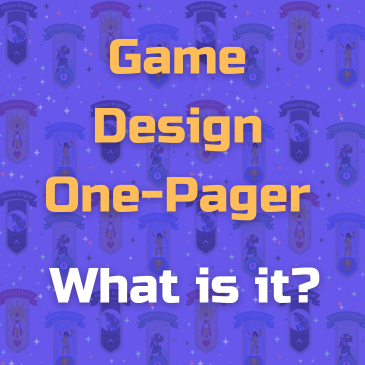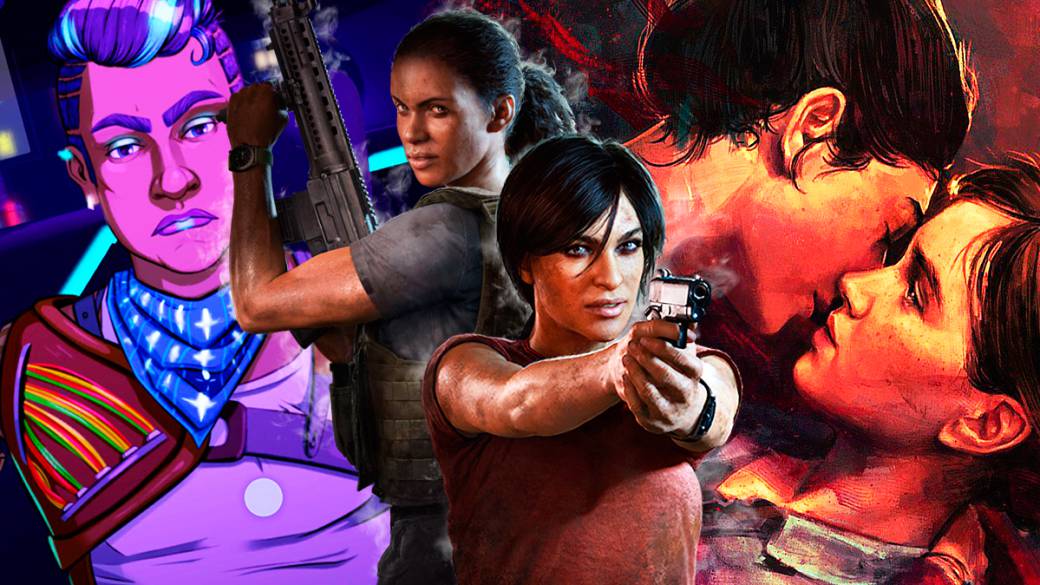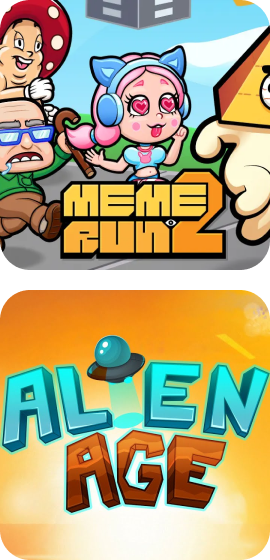Cultivating a Creative Environment for Your Indie Game Development Studio

In the fast-paced world of indie game development, where innovation and creativity are the lifeblood of success, creating a nurturing and inspiring environment for your studio is paramount. It’s all about creating the right atmosphere and culture that allows these talents to flourish. In this article, we will explore the key elements and strategies to cultivate a creative environment for your indie studio.

Hiring for Creativity
The foundation of a creative studio begins with the people you bring on board. Hiring individuals with a passion for gaming and a deep well of creativity is essential. While technical skills are undoubtedly important, they should not overshadow the value of creative thinkers who can bring fresh ideas to the table.
When conducting interviews, focus on questions that reveal a candidate’s creative thinking process. Ask about their favorite games and what aspects of those games they found most inspiring. Look for candidates who demonstrate an eagerness to push boundaries and a willingness to explore new ideas.
Remember, diversity in your team can also be a significant source of creativity. Diverse backgrounds and experiences can lead to unique perspectives and innovative solutions. Encourage inclusivity in your studio and celebrate different viewpoints.
Flexible Workspaces
The physical workspace plays a crucial role in cultivating creativity. Gone are the days when creativity was confined to a cubicle. Providing a flexible and comfortable workspace can greatly enhance the creative process.
Consider creating spaces that cater to different work styles. Some team members may thrive in quiet, isolated areas, while others may prefer collaborative, open spaces. Encourage customization of workspaces to foster a sense of ownership and comfort among your team members.
Additionally, the studio should be a place that inspires creativity. Decorate it with game posters, artwork, and references to your favorite games. Surrounding your team with reminders of the medium’s potential can ignite their imagination.
Encourage Experimentation
Creative freedom is one of the most potent tools in your arsenal for fostering innovation. Encourage your team to experiment, take risks, and pursue their wildest ideas. Some of the most groundbreaking games have emerged from these moments of experimentation.
Create a culture where failure is not stigmatized but seen as a valuable learning experience. This will give your team the confidence to take bold steps and push the boundaries of game development. Provide dedicated time and resources for “creative projects” that allow your team to explore their ideas outside of their regular tasks.
You can also organize regular brainstorming sessions, hackathons, or game jams where team members can come together to collaborate on new concepts. These events not only promote creativity but also foster camaraderie and team spirit.
Embrace a Growth Mindset
A growth mindset is the belief that abilities and intelligence can be developed with effort and learning. Encouraging a growth mindset within your studio can be a game-changer for creativity.
When your team believes that they can improve their skills and overcome challenges, they are more likely to take on ambitious projects and persevere in the face of obstacles. Foster a culture of continuous learning and development by providing opportunities for training, workshops, and skill-sharing.
Celebrate the process of learning and the journey of improvement, not just the end results. Acknowledge and reward effort and determination, as these are the qualities that will drive your team to explore new frontiers in game development.
Effective Communication and Collaboration
Creativity often flourishes when different perspectives and ideas collide. Effective communication and collaboration are essential to harness the collective creative power of your team.
Implement communication tools and practices that encourage open dialogue and idea sharing. Regular team meetings, project retrospectives, and one-on-one check-ins can help team members feel heard and valued.
Foster an environment of constructive feedback where team members can offer suggestions and critique each other’s work without fear of judgment. Encourage cross-functional collaboration, where artists, programmers, designers, and writers work closely together to bring diverse ideas into your games.
Maintain a Healthy Work-Life Balance
Creativity can be stifled by burnout and excessive stress. As a studio leader, it’s crucial to prioritize the well-being of your team members. Encourage a healthy work-life balance by setting reasonable working hours and respecting personal boundaries.
Offer flexible scheduling options, such as remote work or flexible hours, to accommodate the diverse needs of your team. Encourage breaks and downtime to recharge creative energies. Remember that creativity often strikes when least expected, and a well-rested mind is more likely to produce innovative ideas.
Provide resources for mental health support, and be vigilant about signs of burnout. A healthy and happy team is more likely to generate innovative and inspired game concepts.
Celebrate Achievements and Milestones
Recognizing and celebrating achievements is a powerful motivator for creativity. When your team reaches a milestone, whether it’s completing a challenging level or launching a game, take the time to celebrate their hard work and dedication.
Celebrations can come in various forms, from small gatherings to big parties. Additionally, consider establishing a system of rewards or incentives to acknowledge exceptional creativity and contributions. Recognizing and rewarding innovation reinforces the importance of creativity within your studio culture.
Staying Inspired
To foster creativity within your indie game development studio, you must also nourish your own creativity as a leader. Stay inspired by playing games, attending industry events, and keeping up with the latest developments in technology and design.
Share your own creative pursuits and passions with your team. Whether it’s art, music, or literature, your interests outside of game development can spark new ideas and conversations within the studio.
Lastly, don’t forget to seek feedback and insights from your team regularly. Your team members may have their own ideas and strategies for fostering creativity that can benefit the studio as a whole.
Final Thoughts
Cultivating a creative environment for your indie game development studio is an ongoing process that requires dedication, open-mindedness, and a commitment to nurturing your team’s potential. By hiring for creativity, providing flexible workspaces, encouraging experimentation, embracing a growth mindset, fostering effective communication, maintaining work-life balance, celebrating achievements, and staying inspired, you can create a studio culture where innovation thrives.
Remember that creativity is not a finite resource but a wellspring of limitless possibilities. With the right environment and mindset, your indie studio can produce groundbreaking games that captivate players and leave a lasting mark on the industry. Keep nurturing your studio’s creative spirit, and watch as your games continue to push the boundaries of what’s possible in the world of gaming.



